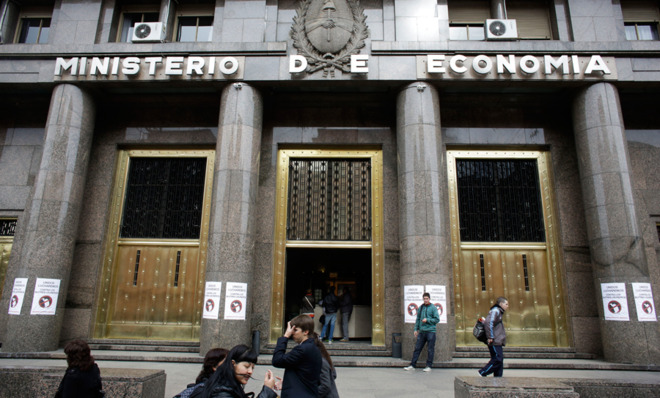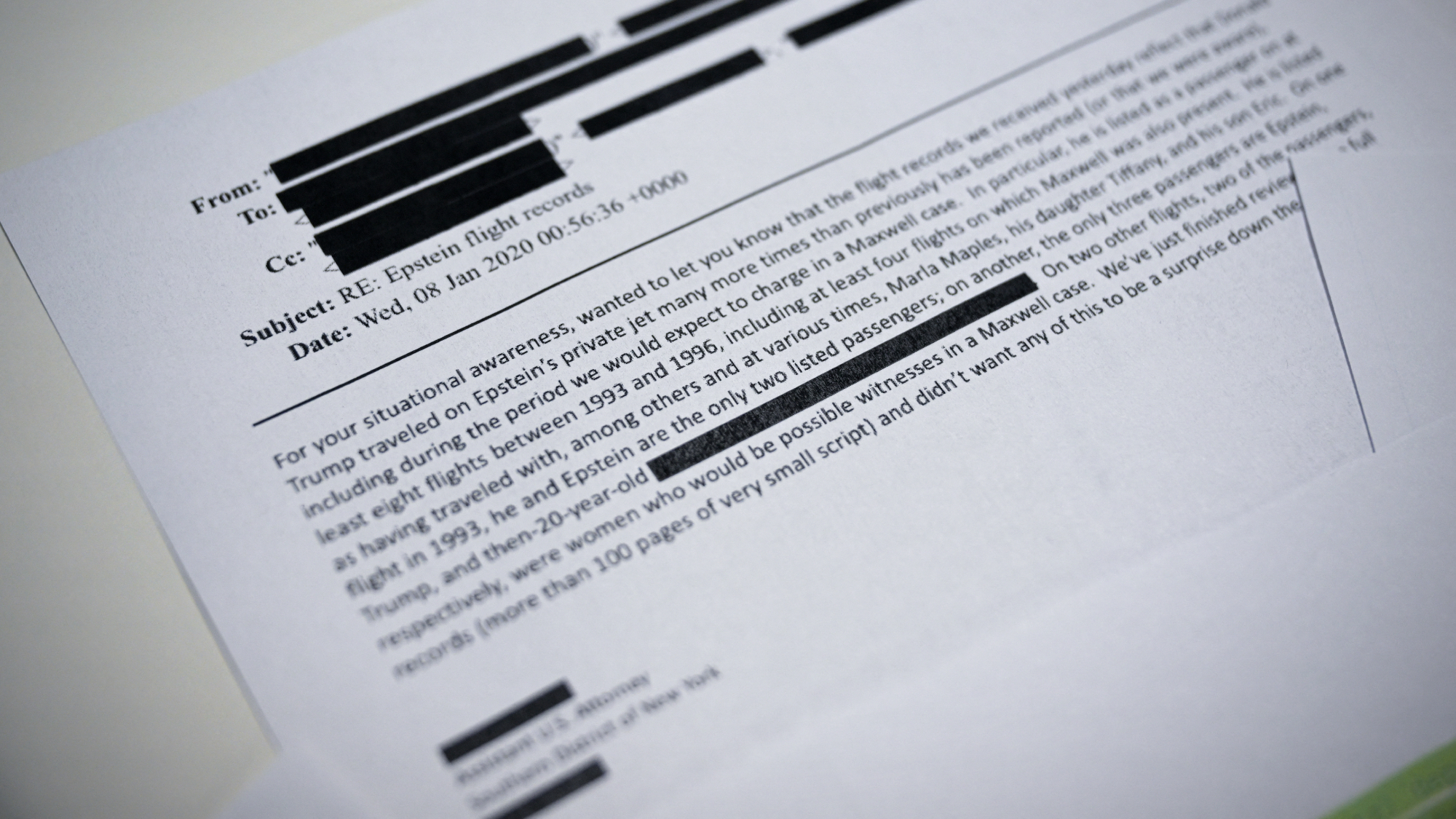The main lesson of Argentina's debt nightmare
The root cause of Argentina's woes should be familiar to many Europeans

There is no easy way out for cash-strapped Argentina, which on Thursday defaulted on its sovereign debt for the second time in 12 years after holders of the country's restructured bonds failed to receive interest payments worth $539 million.
This crisis has been long in the making. And though it is the result of several factors, Argentina's original sin is clear: borrowing in a currency out of its control.
The recent events have deep roots. Following a hyperinflationary bust and riots in 1989, Argentina adopted a currency regime in which the peso was fixed at a 1:1 convertibility ratio with the U.S. dollar. Argentina then began borrowing heavily in U.S. dollars instead of the inflation-addled peso, since it reduced borrowing costs and helped temporarily restore market confidence. But Argentina's "economic miracle" all came crashing down during the so-called great depression of 1998-2002, which saw Argentina default in 2001 on dollar-denominated bonds worth $81 billion.
The Week
Escape your echo chamber. Get the facts behind the news, plus analysis from multiple perspectives.

Sign up for The Week's Free Newsletters
From our morning news briefing to a weekly Good News Newsletter, get the best of The Week delivered directly to your inbox.
From our morning news briefing to a weekly Good News Newsletter, get the best of The Week delivered directly to your inbox.
A large majority of the country's bondholders, The Economist reports, "meekly surrendered their claims before a deadline on February 25th, in exchange for new bonds worth roughly 35 cents on the dollar." But a group of holdouts led by billionaire hedge fund manager Paul Singer — which the Argentine government has dubbed vultures — bought up defaulted government debt, and have been pursuing the government for the face value of the bonds, plus interest (about $1.3 billion in all), in American courts.
There were a lot of problems with Argentina's approach. For one, being on a fixed exchange rate means accepting someone else's monetary policy. So when the U.S. Federal Reserve tightened monetary policy in 1999, it made things difficult for Argentina just as the Argentine economy was beginning to struggle. Additionally, a strengthening U.S. dollar in the 1990s made Argentinean goods less competitive in international markets.
But the biggest problem was the fact that Argentina's external debt load was denominated in dollars — a currency that Argentina did not control, and so had to trade goods and services to acquire. Argentina's external debt load prior to its depression was by no means excessive, coming in at less than 40 percent of GDP. The trouble was not the amount of debt, but the nature of that debt.
For a government, borrowing in a currency it doesn't control is like being back on the gold standard. If you owe a creditor a ton of gold, and you don't have it, then you have to acquire it either by trading for it or digging it out of the ground, creating the risk that you will run out of money. A country that controls its own currency, as the U.S. does, faces no such risk. There is a theoretically infinite supply of dollars for the U.S.
A free daily email with the biggest news stories of the day – and the best features from TheWeek.com
The eurozone crisis offered a similar lesson. Like Argentina, countries in Europe have given up their monetary sovereignty to an external central bank. While being part of a big, powerful monetary union lowered borrowing costs for Greece, Spain, and Portugal — allowing them to go on debt-fueled spending binges — they were borrowing money in a currency they did not control, and so were prone to the danger of running out of money.
Luckily, in the past two years the European Central Bank has stepped in to backstop these countries, but not without the cost of soaring unemployment — above 25 percent in Spain and Greece — and mass bankruptcies. For Argentina, the Fed is under no such obligation, since the U.S. and Argentina are not part of an official currency union.
Argentina arguably has bigger problems to worry about — like how to turn the country around being plagued by inflation, hyperinflation, mass unemployment, and frequent financial crises. Major institutional changes — like a new, more credible central bank, and new regulatory frameworks that can attract major foreign investment — are surely needed.
But the key lesson for the rest of us is that borrowing in a currency that you don't control exposes you to existential risk. As Argentina is discovering, it is not very fun.
Editor's note: This article has been revised since it was first published in order to more clearly include proper attribution to source material.
John Aziz is the economics and business correspondent at TheWeek.com. He is also an associate editor at Pieria.co.uk. Previously his work has appeared on Business Insider, Zero Hedge, and Noahpinion.


